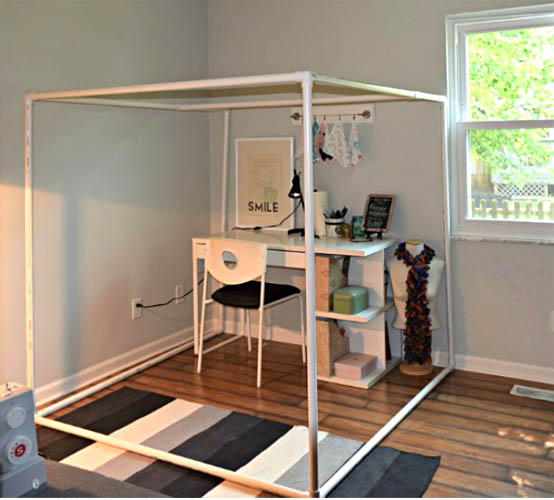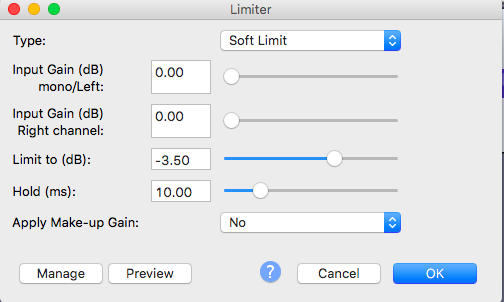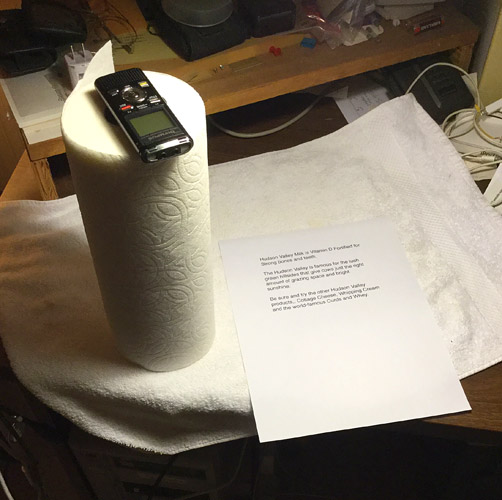I have Skype installed on my computer, but it’s not in use when I’m recording.
Are you sure you actually stopped it? Skype likes to stay napping but on-guard for incoming calls. Is there a little light under the app icon in the doc?
I’m recording in a walk-in closet
All is revealed. I’m tuning out your room boom.
clothes on two walls, and the third wall is half blank, half filled with shelving for shoes.
That may not be enough. That room “likes” certain musical tones and they happen to be tones you use in your voice. Those tones get louder. That’s room boom. I figured out what most of the tones are and reduced their volume artificially. So. We can just keep doing that. It’s one extra mastering step you have to perform each and every chapter. But, wait. There’s more. You can’t change things in the closet. There is no taking two or three suits out or putting them on a different wall. The tones will change.
Or, we can try to reduce the tones by soundproofing. The ideal is to kill sound reflecting from all the walls. That’s what I have. Home Store sound tiles on all four walls and ceiling. Carpet on the floor (plus trash and boxes). Terrific room. I can make almost any microphone sound wonderful.
Absolute Minimum is get a heavy carpet remnant for the floor and furniture moving pads, or something equally heavy for two odd walls. Hang one on the wall behind you and one on a wall either left or right. The idea is to cover all or most of the wall you picked. I think moving pads are just the best thing.
Being obsessive I designed those sticks to make a wall and collapse in the garage when I wasn’t using it. You can use Home Store plastic pipes.
That’s what this presenter did.

There’s no glue. They just push together.
What we’re doing is killing opposing walls. Sound can’t reflect between ceiling and floor because the floor has the heavy carpeting on it. Sound can’t reflect between the wall behind you and the one in front because the one behind you has that moving blanket. One of the two left-right walls has a moving blanket, so no left-right reflections there.
Either solution. Most recommended is the blankets. The extra Audacity boom filter is a bookkeeping headache.
But if the Yeti isn’t what I need…
Let’s fix everything else first. Right now, the whine sound is so low that most people will not be able to hear it and there are other things to try to suppress it.
2012 MacbookPro,
I have one of those. Terrific machine. How long is the cable between the Mac and the Yeti? Did the Yeti come with a cable?
Koz





